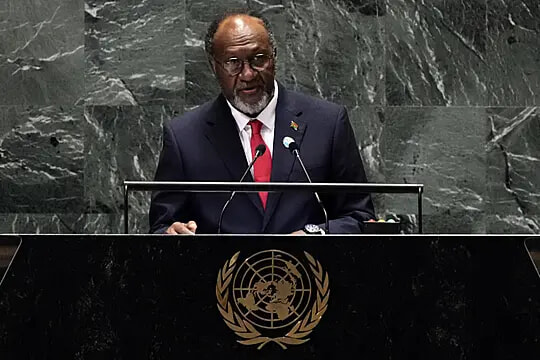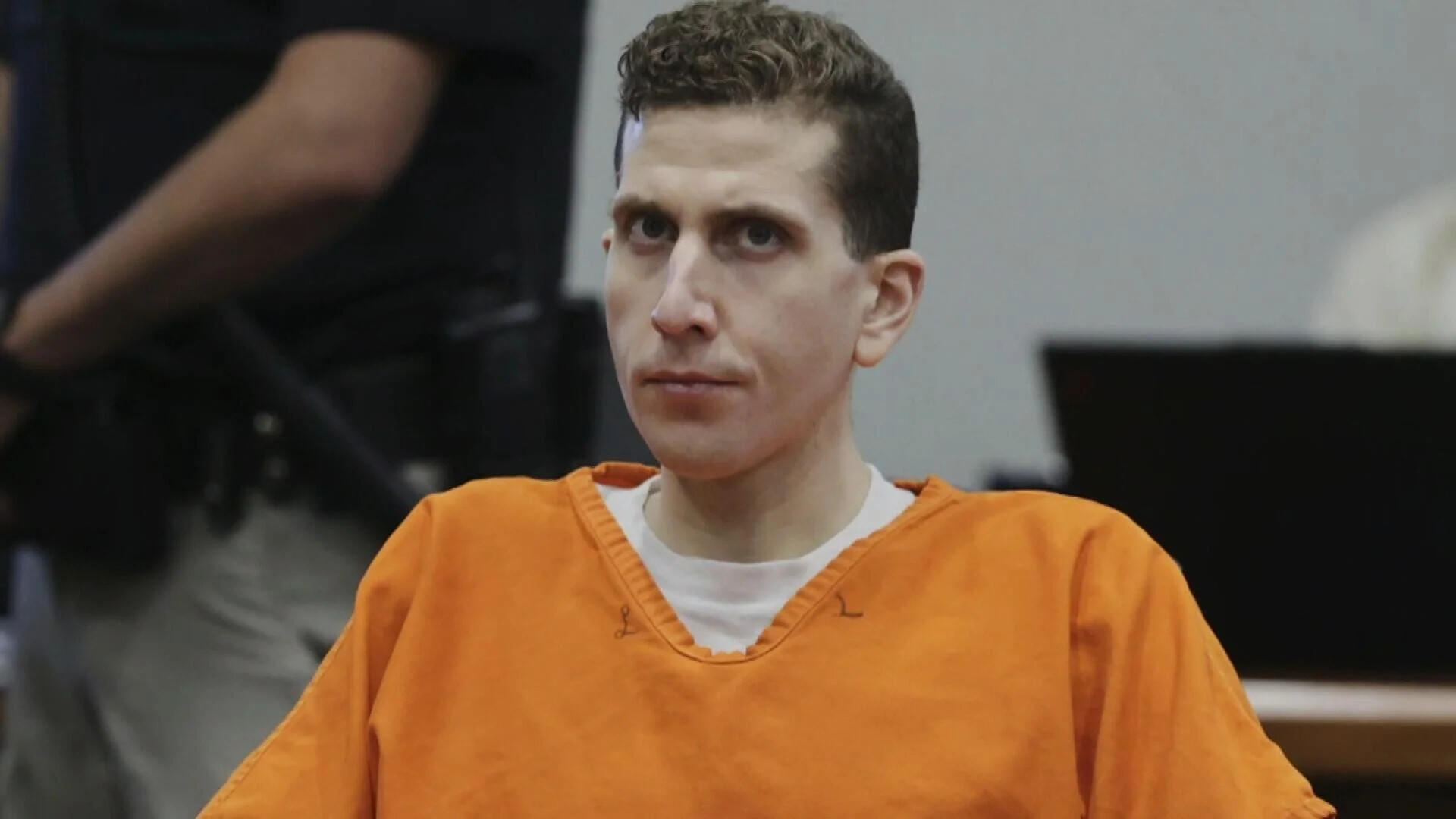
Former Criminology Student Bryan Kohberger Sentenced In the Gruesome Murder of 4 Idaho College Students
Yikes.
Published July 25, 2025
Advertisement
Advertisement
1. Night of Terror
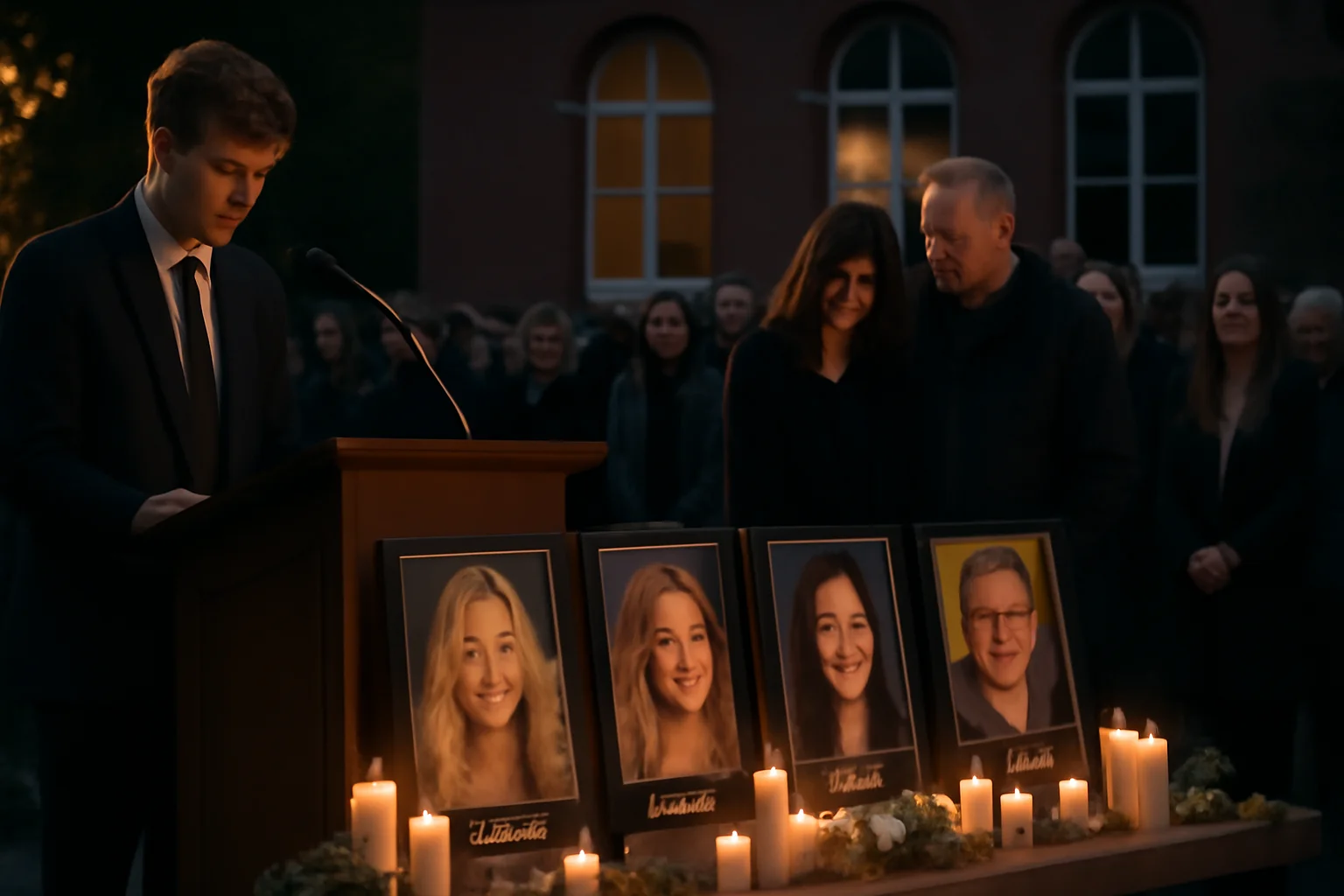
In the predawn hours of November 13, 2022, a tranquil college neighborhood in Moscow, Idaho, became the site of an unspeakable crime that would haunt the nation. University of Idaho students Kaylee Goncalves, Madison Mogen, Xana Kernodle, and Ethan Chapin were brutally attacked in their off-campus home, each victim stabbed repeatedly with extraordinary violence. The killer slipped inside the house as most occupants slept, moving through rooms in silence and leaving devastation in his wake. Investigators would later reveal that Kernodle endured more than 50 knife wounds, many defensive, as she struggled for her life, while Goncalves was left nearly unrecognizable from the extent of her injuries. Chapin and Mogen were found in their bedrooms, both with severe wounds, their lives abruptly cut short. Blood covered the floors, cast onto walls, and marked nearly every surface, telling a silent story of the horror that unfolded. Two roommates, Bethany Funke and Dylan Mortensen, survived the night, unknowingly living through the carnage in rooms just down the hall. Mortensen awoke to strange noises and later saw a masked figure dressed in black exiting the home, but paralyzed by fear and disbelief, neither roommate immediately called for help. Instead, they exchanged panicked texts and tried to reach their friends, not yet understanding the scale of what had happened. The first 911 call did not come until nearly noon, when the friends finally discovered the grisly scene. By then, the small town of Moscow was on the cusp of a nightmare that would grip the entire country.
Advertisement
2. Silent Witnesses
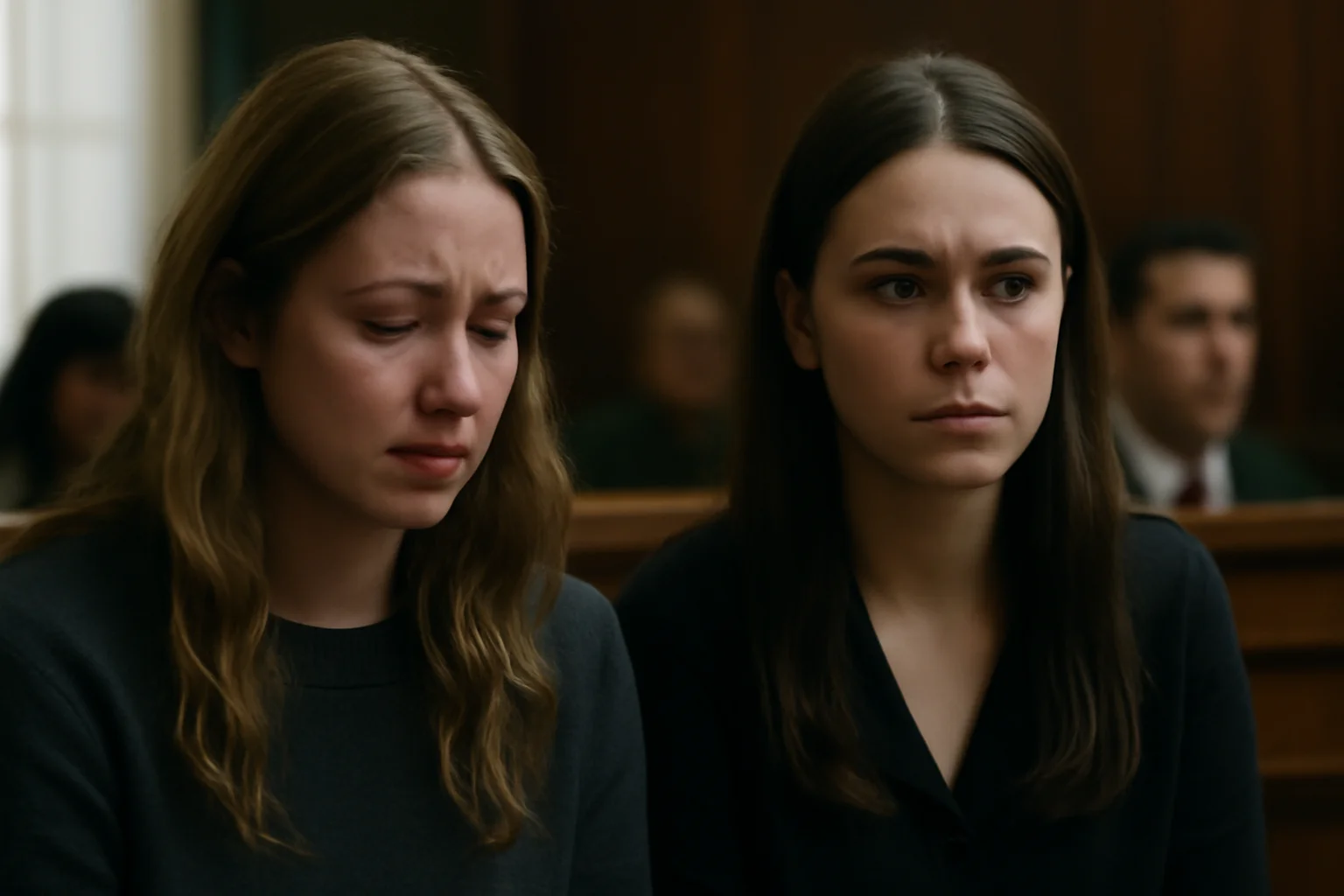
As investigators pieced together the events, the surviving roommates’ testimonies became crucial to understanding what happened inside the house that night. Dylan Mortensen described waking in the early morning to odd noises—crying, thuds, and what she believed was a man’s voice softly assuring, “It’s OK, I’m going to help you.” When she opened her door, she froze at the sight of a stranger with bushy eyebrows and a mask, who walked past her without a word. Mortensen, paralyzed by disbelief and intoxication, locked herself in her room, while Bethany Funke, equally shaken, remained unaware of the tragedy until hours later. Both women exchanged messages and calls with the victims’ phones, hoping for answers that would never come. It was not until much later that morning, after noticing the house was eerily quiet and the victims’ locations could not be tracked, that they called friends for help. A friend arrived, ventured upstairs, and quickly ordered everyone out of the house before finally dialing 911. In the aftermath, both Mortensen and Funke struggled with guilt, regret, and trauma—Mortensen confessed to panic attacks and hypervigilance that made daily life unbearable, while Funke spent a year sleeping in her parents’ bedroom. Despite the emotional toll, the two women faced a torrent of public speculation, yet ultimately their voices became vital in seeking justice for their friends. Through their statements, they honored the memories of the four victims and affirmed their own survival, refusing to let fear or guilt define their futures. Their courage in the courtroom provided a rare measure of closure to a community desperate for understanding and healing.
Advertisement
3. Hunt for a Killer
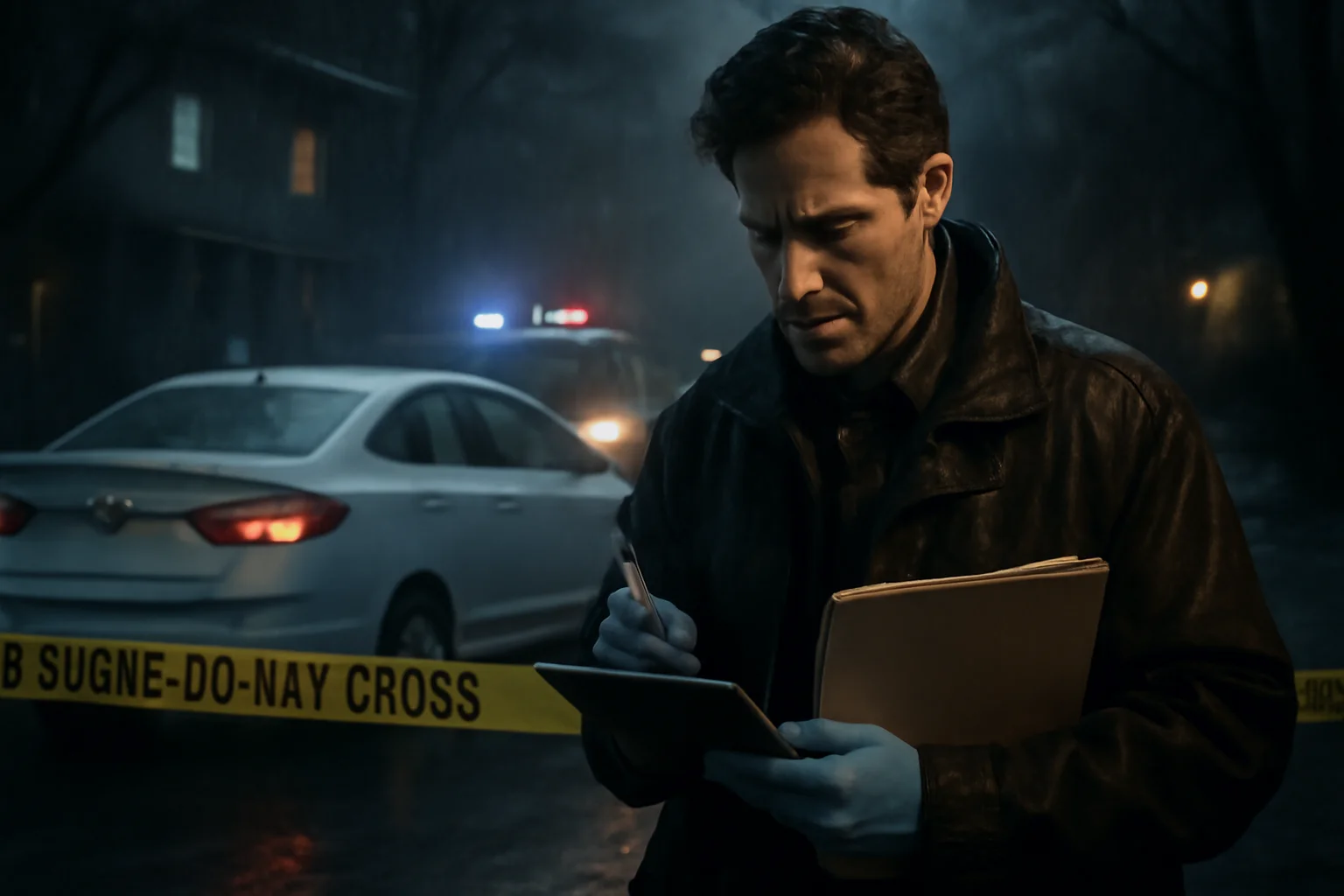
As news of the murders spread, fear and confusion gripped the University of Idaho and the wider community, with little information available and a killer still at large. Investigators worked around the clock, collecting physical and digital evidence, interviewing witnesses, and pursuing leads that ranged from the mundane to the chilling. A shadowy figure had been spotted watching Kaylee Goncalves as she walked her dog weeks before the murders, and the victims had noticed possible break-ins and unnerving incidents near their home. Friends reported that Goncalves felt she was being followed and had received strange messages online, though no direct connection to the eventual killer was established. Neighbors recalled seeing a nervous man with a prominent nose and curly hair walking near the house months earlier—later identified as resembling the perpetrator. Surveillance footage captured a white Hyundai Elantra circling the neighborhood in the hours leading up to the attack, while phone records showed suspicious activity near the scene. Detectives found a critical clue in the form of a tan leather knife sheath, imprinted with the insignia “Ka-Bar” and “USMC,” which bore a single male DNA sample. The painstaking process of sifting through more than 300 investigative documents revealed the extent of the search for answers, and every new detail added to the public’s anxiety and fascination. Through a combination of forensic work and persistent detective work, authorities finally zeroed in on a suspect who lived just ten miles away. The manhunt stretched across states, culminating in an arrest that would answer some questions but leave others agonizingly unresolved. By late December 2022, law enforcement had Bryan Kohberger in custody, ending weeks of uncertainty but marking the beginning of a new chapter in the case.
Advertisement
4. Man Behind the Mask
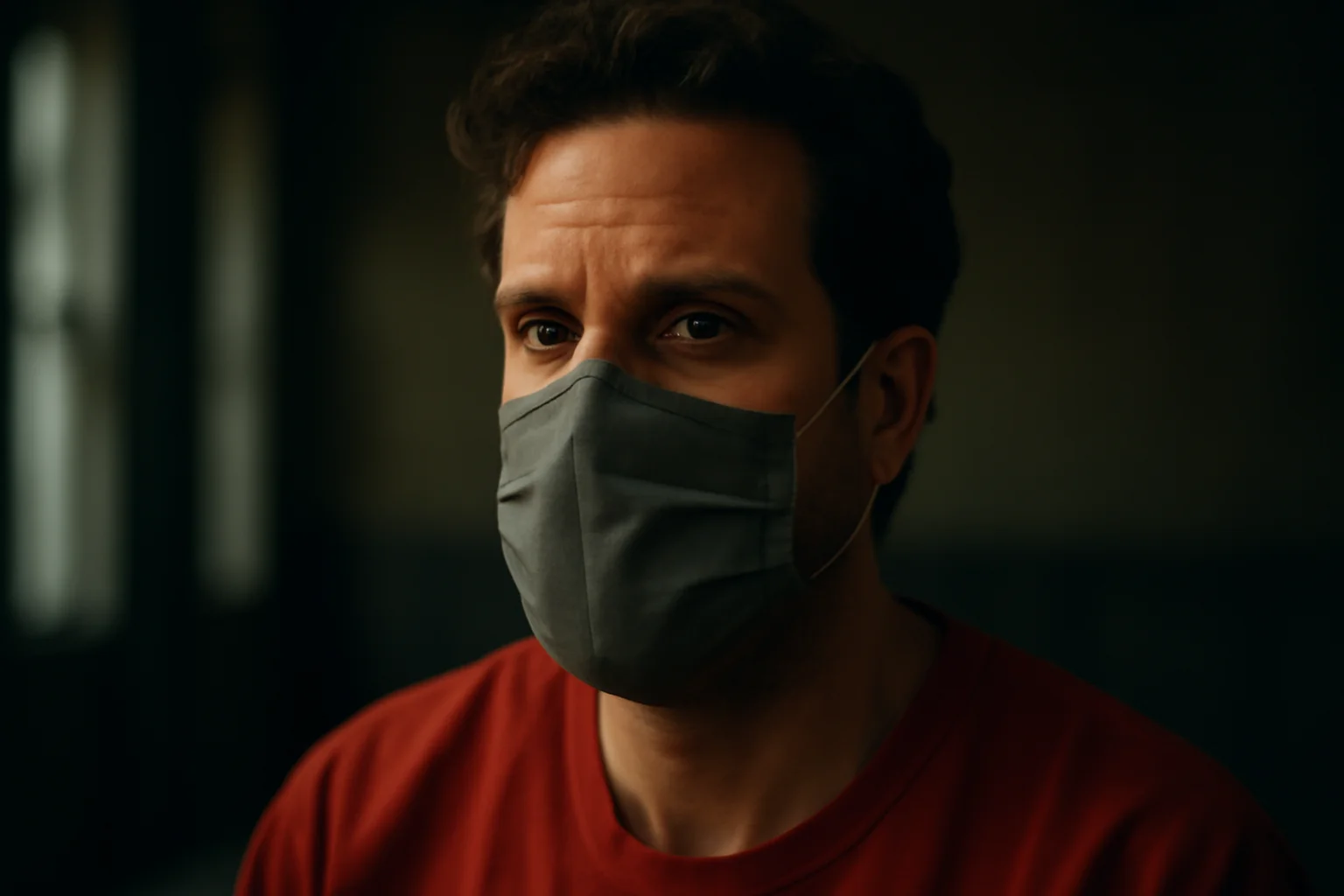
Bryan Kohberger, a 30-year-old doctoral student at Washington State University, emerged as the central figure in a case defined by brutality and mystery. He studied criminal justice and criminology, had completed research on the psychology of crime, and even applied for an internship with a local police department. Classmates and acquaintances described him as intelligent but odd, a man prone to isolation and long, late-night routines, including hours spent on video chats with his mother. Some who knew him noted concerning behavior—an obsession with authority, attempts to use his teaching assistant role to interact with female students, and inappropriate comments during conversations. A friend recalled seeing unexplained wounds on Kohberger’s face and hands around the time of the murders, which Kohberger attributed to a car accident. A Tinder match remembered a chilling conversation about the “worst way to die,” with Kohberger specifically mentioning a Ka-Bar knife. Cell tower records and surveillance linked his car and phone to the vicinity of the murder house more than twenty times before the crime. Despite the weight of evidence, investigators found no direct personal connection between Kohberger and his victims, deepening the sense of randomness and horror. After his arrest, Kohberger maintained silence, immediately asking for a lawyer during his initial interview and offering no explanation or motive for his actions. Those who crossed paths with him in jail described him as “weird,” meticulous in his routines, and largely uncommunicative. The portrait that emerged was of a man both ordinary and deeply alienating, whose motivations remained as elusive as his remorse.
Advertisement
5. Evidence in Shadows
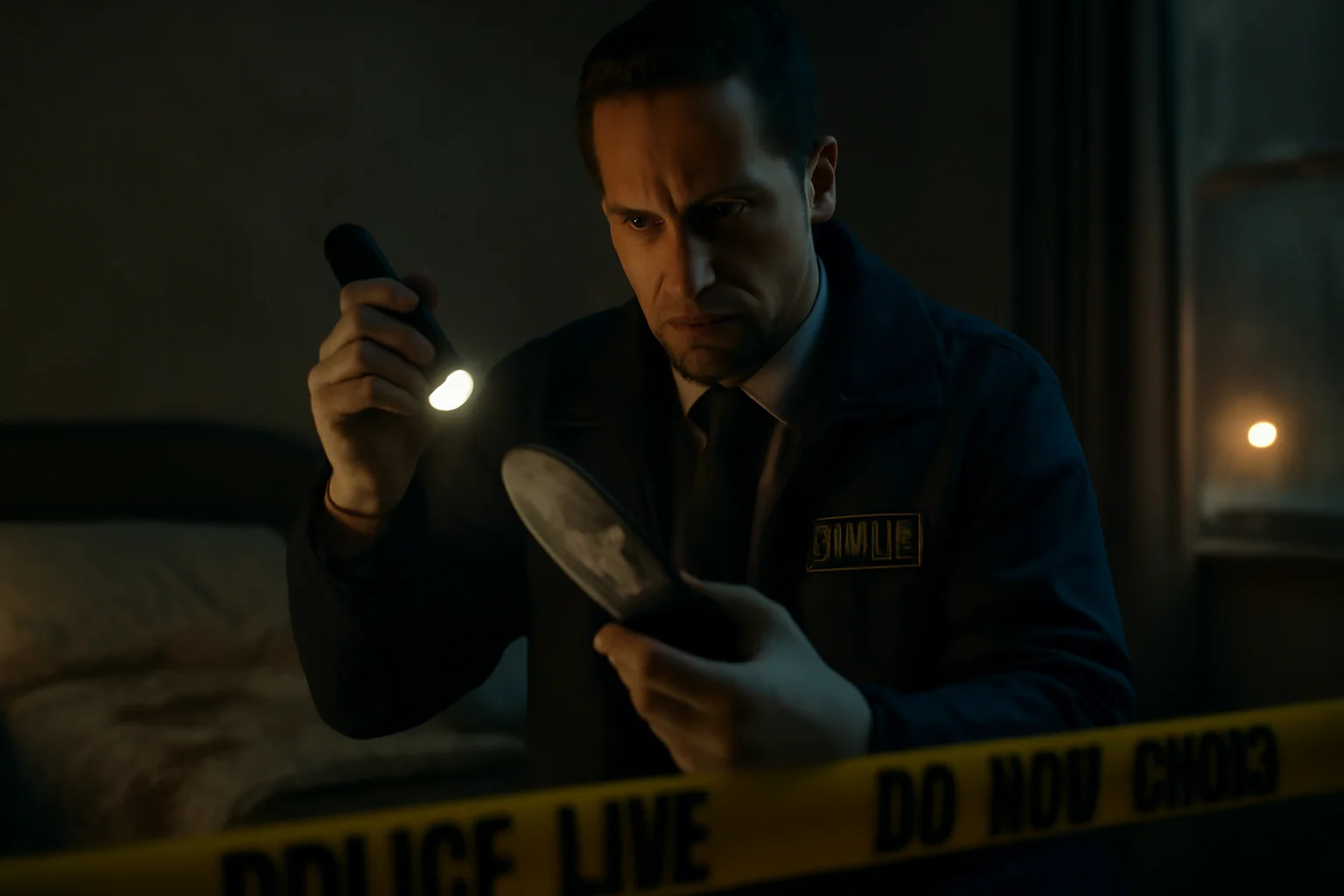
The investigation into the Idaho murders was exhaustive, involving physical, digital, and psychological evidence that spanned states and months. At the crime scene, investigators collected hair samples, receipts, a computer tower, and numerous items marked with unexplained stains, each piece a potential clue. A knife sheath left at the scene, imprinted with military insignia, provided the crucial DNA match that led authorities to Kohberger. Security cameras in the neighborhood captured the suspect’s Hyundai Elantra making multiple passes near the victims’ home around the time of the murders. Cellphone records showed suspicious gaps and reappearances consistent with movements to and from the crime scene in the early morning hours. When authorities searched Kohberger’s apartment and family home, they found further incriminating evidence, including cuttings from a stained mattress and a pillow with dark red spots. The digital trail, from phone records to internet searches, reinforced the timeline investigators had painstakingly assembled. Despite months of effort, neither the murder weapon nor the clothes worn during the attack were ever recovered, leaving a lingering gap in the case. Kohberger’s prior studies in criminology, his application for police internships, and his obsessive interest in crime scene analysis only added to the chilling narrative. Each new detail raised more questions about premeditation, method, and motive, keeping the case shrouded in uncertainty. Through it all, the dogged persistence of law enforcement was matched only by the enduring grief and resilience of the victims’ families.
Advertisement
6. Families’ Agony
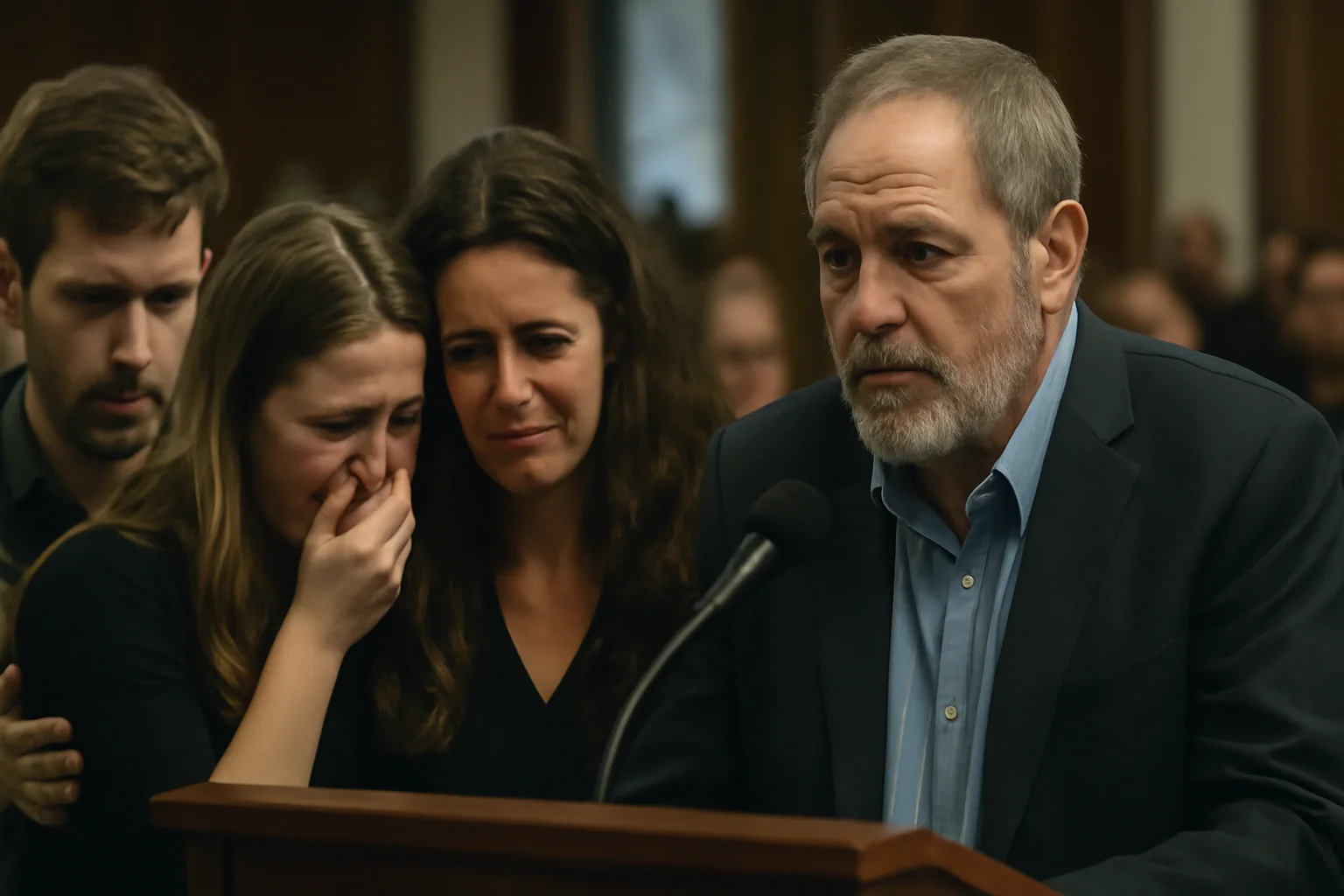
The aftermath of the murders reverberated through the lives of families, friends, and an entire community, each grappling with the weight of unimaginable loss. Victims’ relatives delivered gut-wrenching statements in court, describing the devastation wrought by the killings and the struggle to find meaning in the aftermath. Steve Goncalves, father of Kaylee, spoke directly to the killer, making clear that the world’s attention remained on the lost children, not on the perpetrator. Family members recalled the dreams, achievements, and vibrant personalities of the four victims, painting portraits of lives full of promise and love. They described birthdays never celebrated, graduations attended in memoriam, and futures stolen by a senseless act of violence. Siblings and parents shared how their days had become haunted by sorrow, their sleep broken by nightmares, and their routines forever altered. Some, like Kaylee’s sister Alivea, confronted Kohberger with searing honesty, underscoring the ordinariness of his evil and the strength of his victims. Others grappled with conflicting emotions over the plea deal that spared Kohberger the death penalty, their desire for justice at odds with the need to avoid reliving the horrors in court. Funke and Mortensen, the surviving roommates, each struggled with guilt and fear, their survivor’s remorse compounded by public scrutiny and internal anguish. For many, healing remained a distant hope, overshadowed by the questions that still lingered and the sheer senselessness of the crime. Yet in their testimonies and public statements, the families forged a collective resolve to honor the memories of their loved ones and demand accountability.
Advertisement
7. The Motive
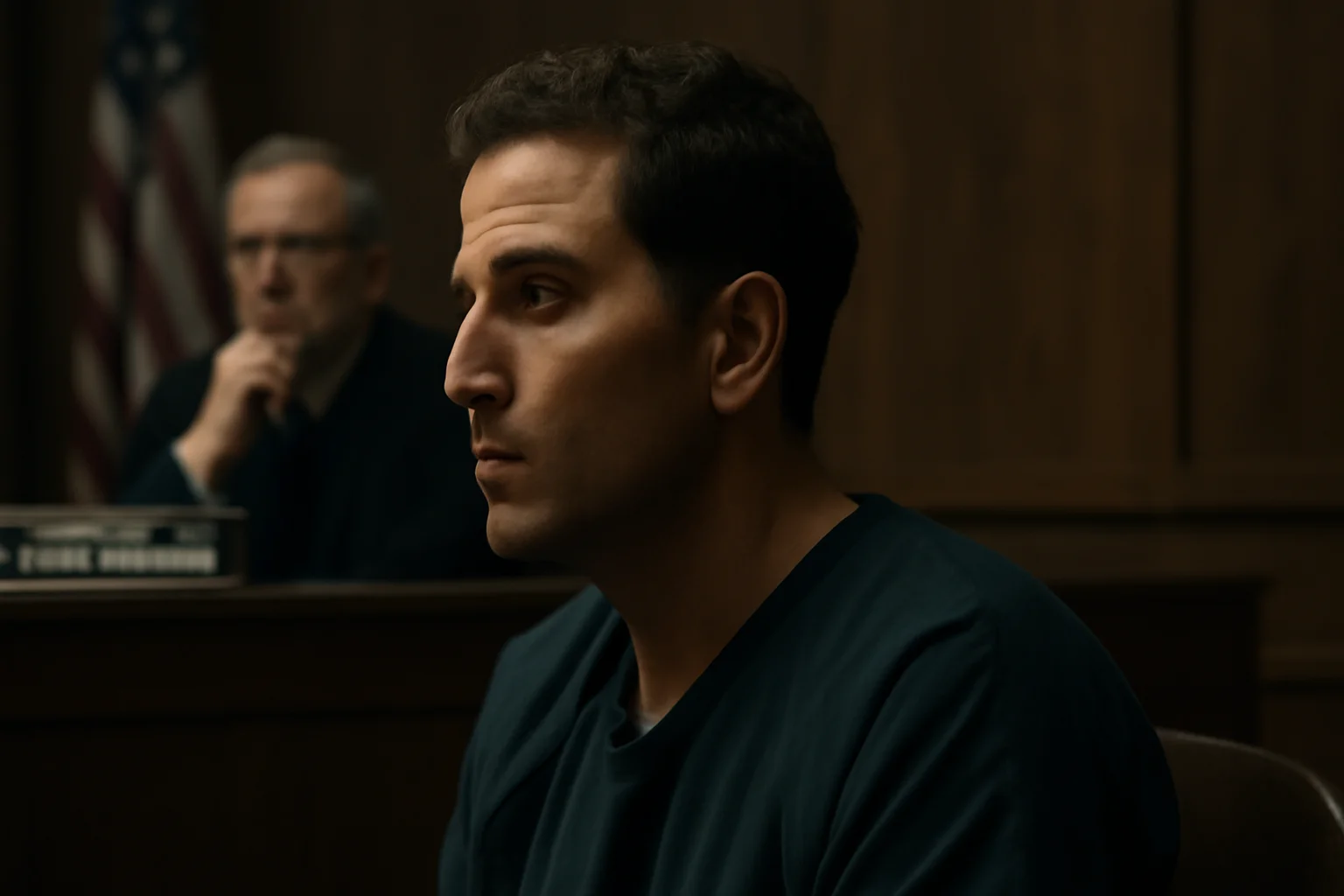
Despite the mountain of evidence and the perpetrator’s eventual confession, the question of “why” loomed over the case and was never fully answered. Kohberger declined to explain his actions during the trial and sentencing, invoking his right to remain silent and deepening the mystery for the families and the public. Authorities, too, admitted they could find no motive or personal connection linking Kohberger to the victims, a void that intensified the tragedy’s randomness. The released investigative documents revealed unsettling details—reports of stalking, shadowy figures, and unnerving messages—but nothing that tied the killer directly to his targets. Kohberger’s background in criminology and his fascination with criminal psychology only fueled speculation, as did his apparent lack of empathy or remorse. Legal experts noted that the prosecution needed only to prove intent, not motive, leaving the deepest questions unanswered. The plea deal, while sparing the families the trauma of a lengthy trial, also robbed them of the possibility of confronting the killer in open court. Judge Steven Hippler acknowledged the persistent void, remarking that no reason could ever rationalize such “unspeakable evil.” In the absence of answers, the families and community were left to seek closure in each other, in memory, and in the pursuit of justice. The mystery of motive became a symbol of the horror’s senselessness, a final, lingering scar that would not soon heal. In the end, the crime’s inexplicability made the loss all the more profound.
Advertisement
8. Courtroom Reckoning
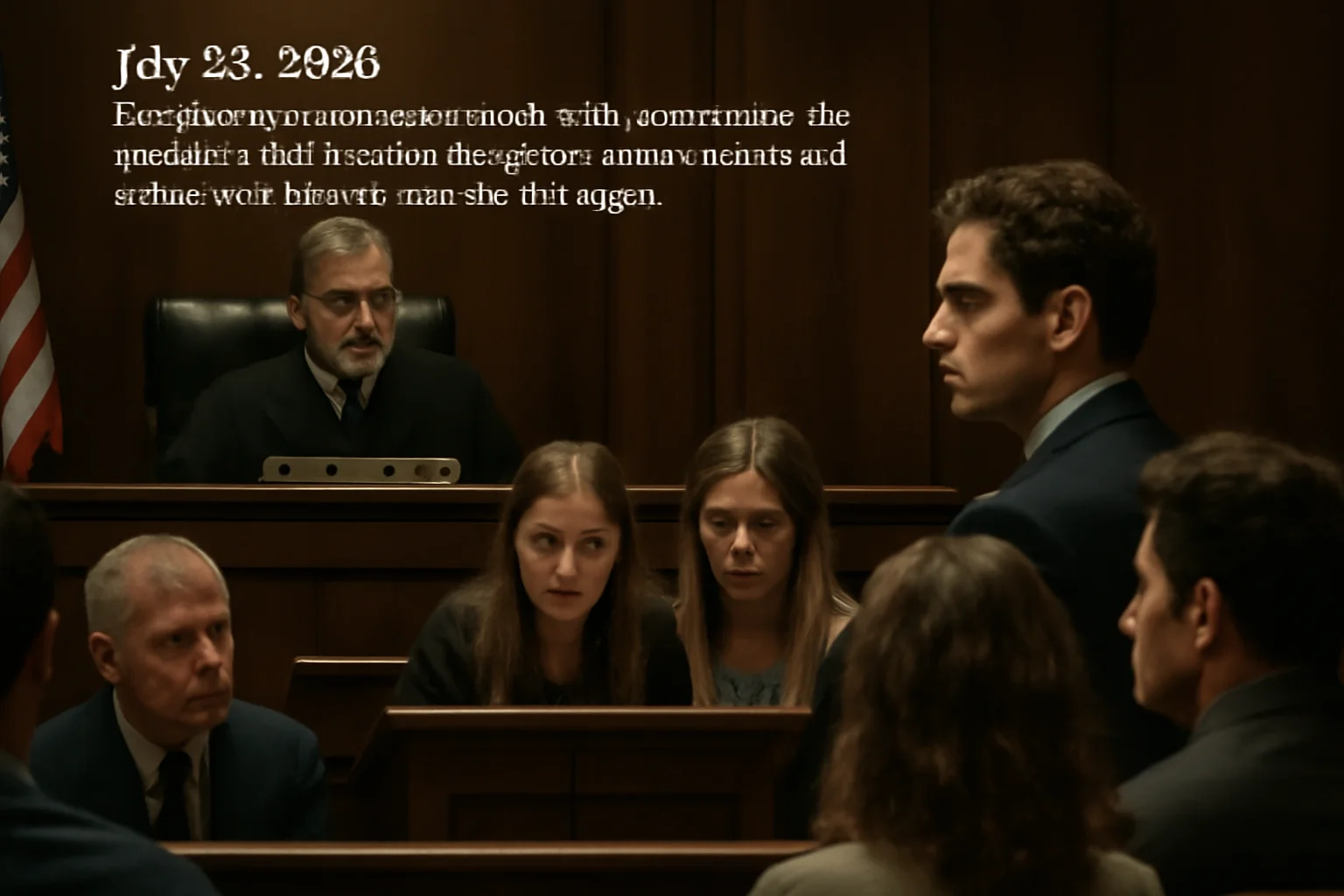
On July 23, 2025, nearly three years after the murders, the legal process culminated in a highly anticipated sentencing that drew national attention. In a Boise courtroom packed with grieving families, friends, and survivors, Judge Steven Hippler delivered four consecutive life sentences to Bryan Kohberger, ensuring he would never walk free again. The hearing unfolded as an emotional reckoning, with victim impact statements that laid bare the depth of grief and the determination to find meaning amidst devastation. Mortensen and Funke, the surviving roommates, gave voice to their pain and resilience, speaking for those who could not. Judge Hippler, himself visibly moved, condemned the “faceless coward” who had shattered so many lives, emphasizing that the time for notoriety was over. Family members confronted Kohberger directly, stripping him of power and control as they recounted their losses and demanded accountability. The judge also recognized the courage of those who testified, praising their strength in the face of unimaginable trauma and public scrutiny. Despite the enormity of the moment, Kohberger remained impassive, refusing to speak or offer any explanation for his crimes. The plea deal, while sparing the families further suffering, left some with lingering doubts about the completeness of justice. Yet, the sentencing marked a turning point, allowing the community to begin the slow process of healing, even as unanswered questions persisted. For many, the day was less an end than the start of a new struggle to find peace and meaning.
Advertisement
9. Enduring Mystery
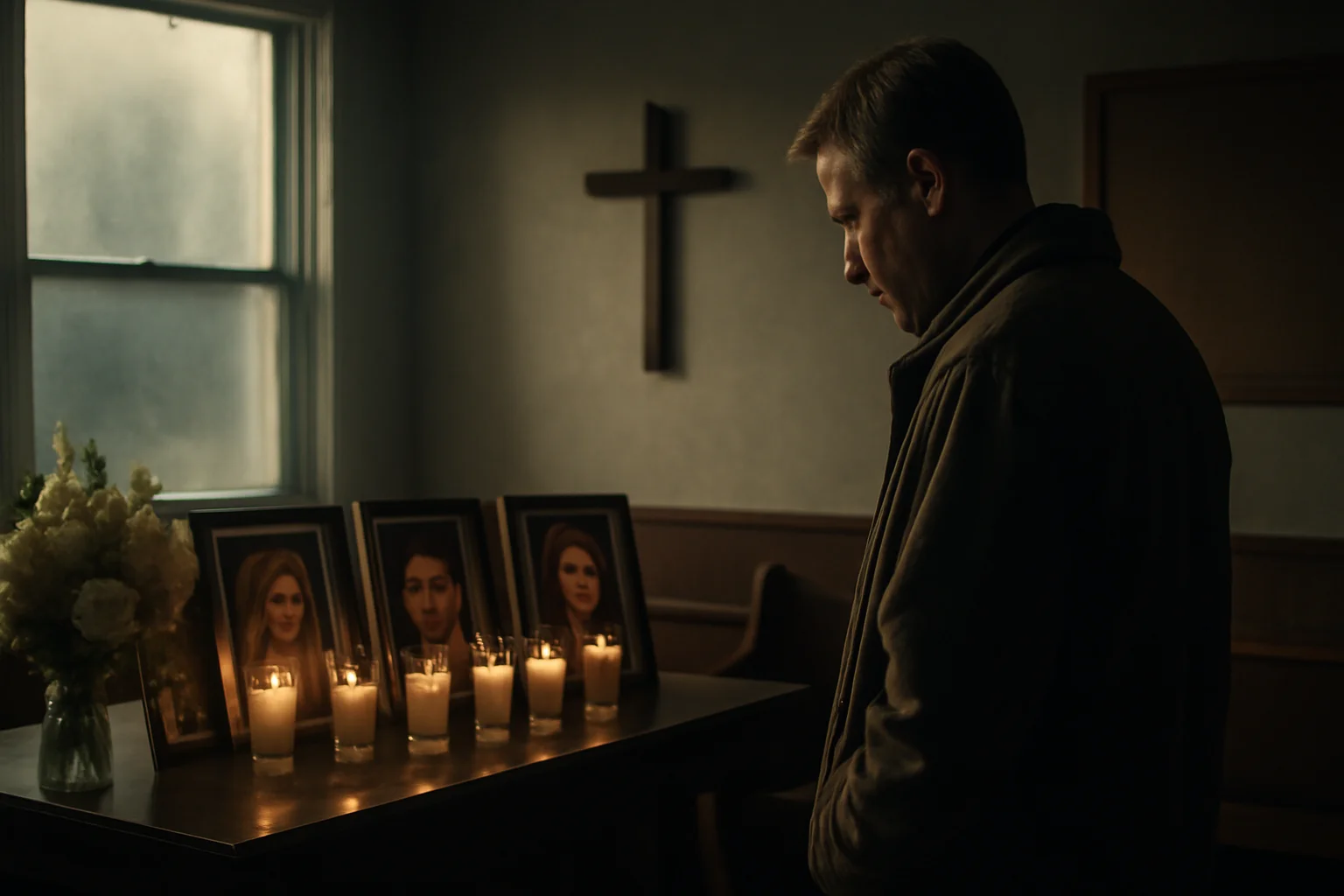
As Kohberger began his life sentence, critical mysteries still hovered over the case, defying closure and keeping the pain of loss raw for families and community alike. The murder weapon was never recovered, and the clothing worn during the crime remained missing, leaving gaps in the narrative that may never be filled. Despite intensive investigation, the link between Kohberger and his victims remained elusive, and his silence left the motive forever shrouded. Surviving witnesses recounted fleeting glimpses, fragments of memory, and a pervasive sense of unease that began weeks before the attack. The psychological toll on survivors and the community was immense, with lasting anxiety, survivor’s guilt, and a heightened sense of vulnerability. The demolition of the murder house in December 2023 became both a symbolic and literal act of trying to move forward, even as the loss echoed through empty spaces. Investigators continued to review evidence and re-examine every detail, hoping for revelations that might bring greater understanding. The case spurred national conversations about safety, trauma, and the unpredictable nature of evil. For the families, the quest for healing required new ways of honoring their loved ones, turning to each other and to the legacy of those lost. The story remained a cautionary tale, a reminder of the fragility of life and the limits of justice in the face of unfathomable violence. In the end, the Idaho murders left a mark not just on a town or a campus, but on the entire country’s sense of innocence.
Advertisement
10. Legacy of Loss
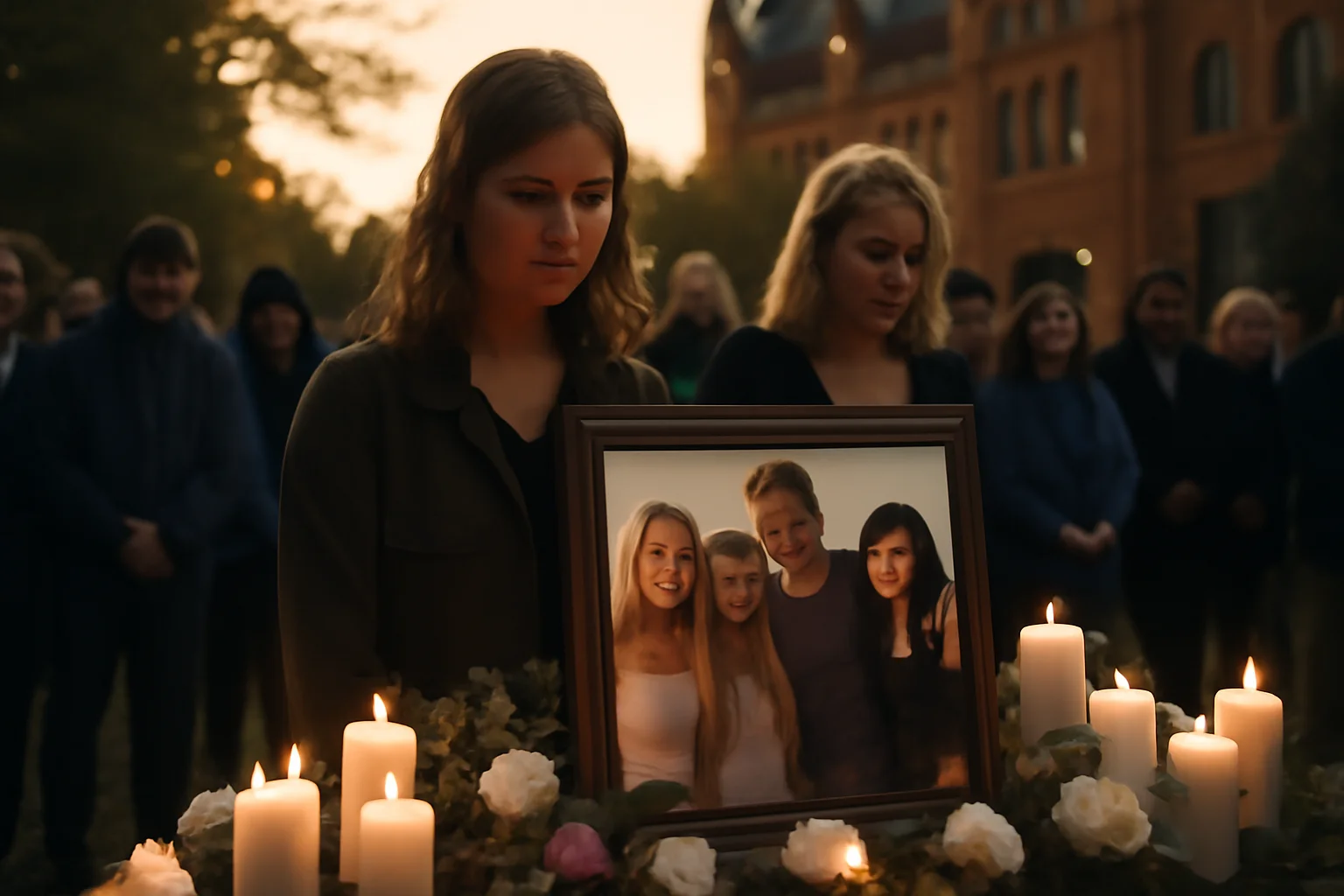
In the months and years since the sentencing, the families and friends of Kaylee Goncalves, Madison Mogen, Xana Kernodle, and Ethan Chapin have struggled to rebuild their lives in the shadow of grief. They have honored their loved ones through vigils, scholarships, and public statements that celebrate their memories and achievements. The University of Idaho and its community have taken steps to support survivors, strengthen campus safety, and keep the victims’ legacies alive. For Mortensen and Funke, survival has meant confronting panic, guilt, and anxiety, and finding ways to live for the friends they lost. The case has prompted new conversations about mental health, trauma, and the complexities of surviving a widely publicized tragedy. Law enforcement and the public continue to reflect on the lessons learned—the importance of persistence, the value of community, and the reality that some questions may never be answered. Though justice was served in the eyes of the law, true closure remains elusive for many, as the “why” lingers in the background. The victims’ names are now spoken in remembrance, their lives celebrated in ceremonies and gatherings that seek to transform sorrow into purpose. For the town of Moscow, the horror of November 2022 is a wound that will take years to heal, its memory shaping the community’s identity. As time passes, the pain of loss may soften, but the determination to honor the lives cut short endures. Their story stands as a solemn testament to resilience in the face of tragedy, and the enduring quest for answers that may never fully come.
Advertisement
Advertisement
You May Also Like

Coca-Cola Will Launch a Version of Coke With Cane Sugar in the U.S. This Fall
That's pretty good, right?

Shia LaBeouf and FKA Twigs Reach Settlement in Sexual Assault and Battery Lawsuit
This was still going on?


